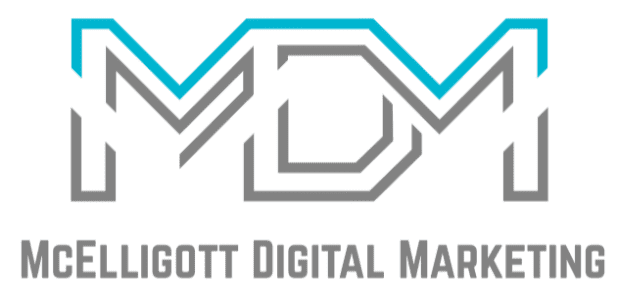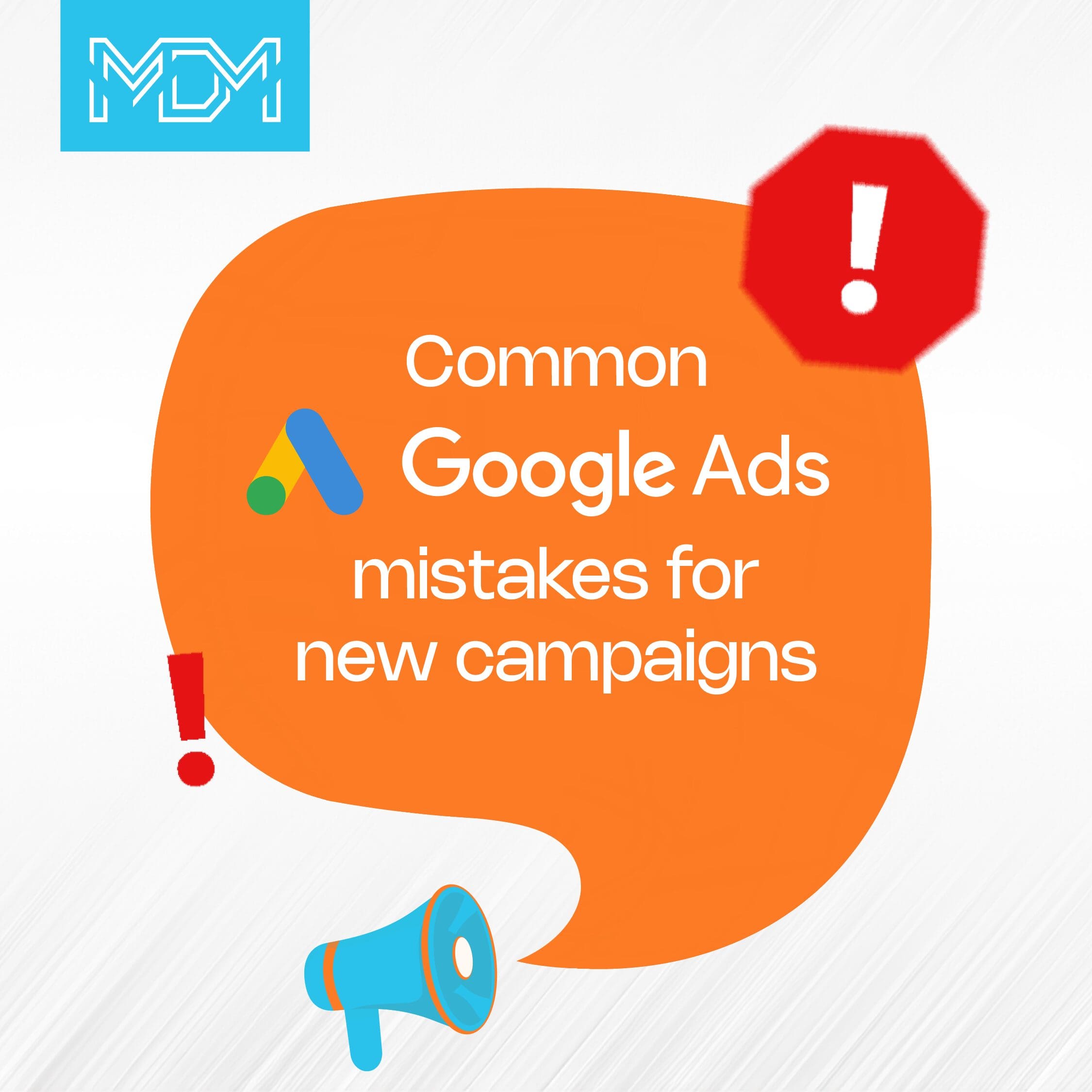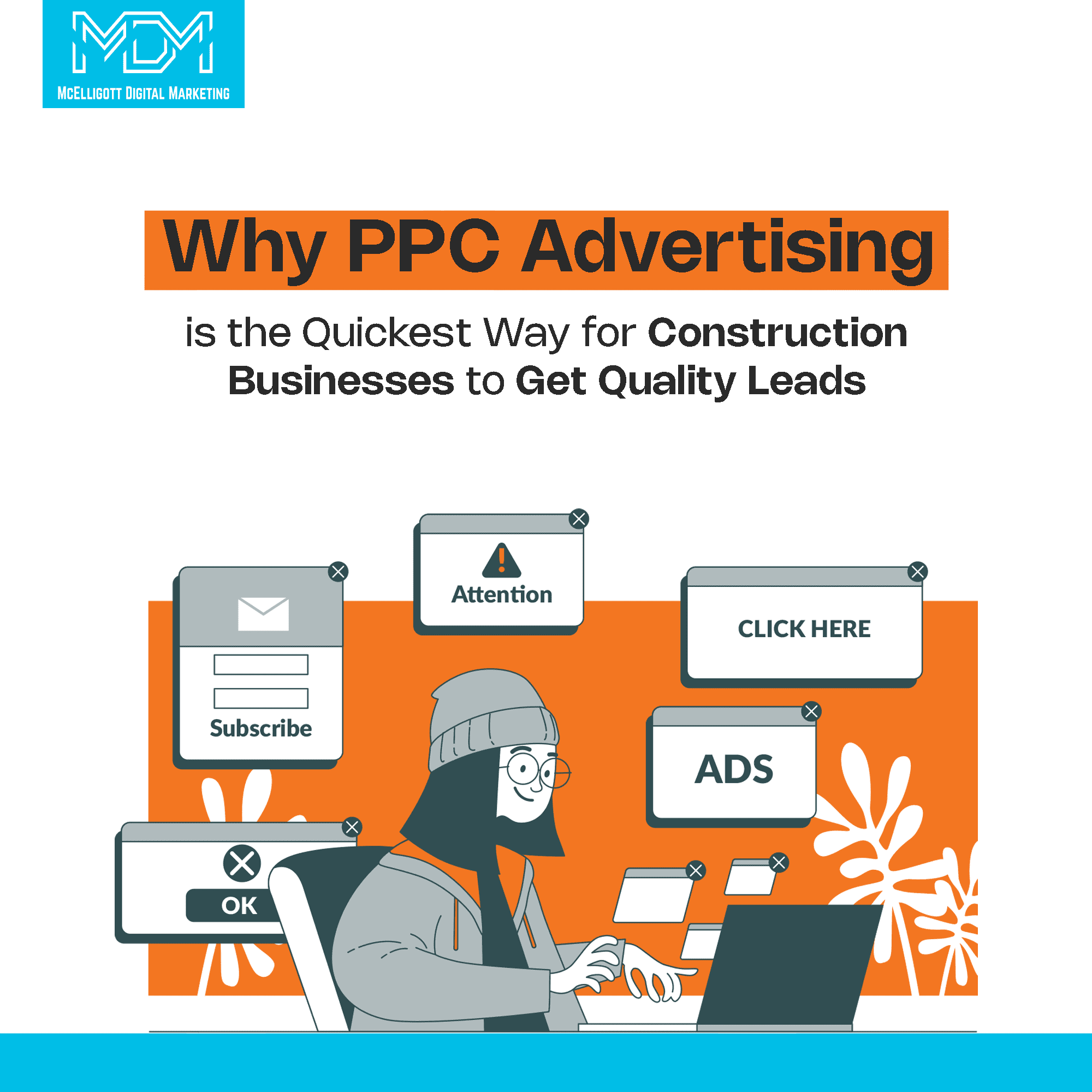The way home improvement and service firms get clients has changed in 2026. Customers no longer call a business without checking the website first. They want to see who you are, what you do, and whether they can trust you. Your website becomes the first impression, and in many cases, the deciding factor.
For many homeowners, the website is the “front door” of your business. If the site looks old, slow, or confusing, they assume the same about your service. But if the website loads fast, shows real work, and makes it easy to contact you, they are more likely to choose you over competitors.
In 2026, a modern website is a powerful tool for lead generation, local visibility, and building trust online. When your website meets customer expectations, you get more quote requests, more calls, and more booked jobs.
A strong website is now a requirement for any home improvement or service company that wants to grow. In this blog, you will learn the website design trends that will help your business get more clients online in 2026.
What most service websites get wrong today?
Many home improvement and service businesses lose clients because their websites don’t match what customers expect today. Even if the company does great work, the website design often tells a different story.
One of the biggest problems is slow load speed. Most homeowners leave a site if it takes more than a few seconds to open. Slow websites make people think the business is outdated or unreliable.
Another common issue is the lack of a clear call-to-action. Many sites do not guide the visitor on what to do next. If there is no “Get a Quote,” “Call Now,” or “Book Appointment” button in the right place, users leave without contacting you.
Mobile experience is also a major concern. Most service-related searches happen on phones. Yet many websites still look broken or hard to use on mobile. Tiny buttons, long text blocks, and messy layouts make visitors frustrated.
A lot of businesses also forget trust elements. Homeowners want proof. They want to see real reviews, before-and-after photos, licenses, and awards. Without these, people hesitate to hire you.
And, confusing navigation also pushes users away. If they cannot find your services, pricing, or contact information in a few seconds, they move on to the next company.
These problems reduce calls, quote requests, and overall conversions- even when the business is great at what it does.
Web design trends for 2026 that bring more clients?
Here are the website design strategies that work best to get more leads and grow your customer base.
1. Mobile-first and fast websites
Most homeowners search for services on their phones. This makes mobile-first design one of the most important website trends for home improvement and service businesses. If your website is not easy to use on mobile, you lose leads instantly.
A mobile-first website loads fast, has clean layouts, and uses large, thumb-friendly buttons. Visitors should be able to find your services, view your work, and contact you without zooming in or scrolling endlessly. Simple design improves the user experience and keeps people on your site longer.
Speed is another major factor. A slow website leads to immediate drop-offs. Homeowners expect pages to open in two seconds or less. Fast-loading images, lightweight code, and proper hosting make a huge difference. Even a one-second delay can reduce conversions.
Mobile-first also means adding features that help users take quick action. “Click to Call,” “Click to Text,” and “Get a Quote” buttons should appear clearly at the top of the page. Most homeowners prefer quick actions instead of long forms, especially when browsing from their phone.
A fast, mobile-friendly website tells customers you are professional and reliable. It also helps you rank better in Google’s local search results.
2. AI-driven features for more leads
AI tools are becoming a standard feature on websites.
One of the most effective tools is an AI chat widget. It can answer basic questions, collect visitor details, and guide people to book a service even when your office is closed. Many homeowners browse at night. An AI chat makes sure you never miss a lead.
AI also improves smart forms. Instead of long, boring forms, AI can autofill sections, suggest options, and make the process smoother. This reduces drop-offs and increases the number of completed quote requests.
Another helpful trend is AI-based service suggestions. If someone reads your roofing page, the website can automatically show gutter repair or inspection services. This helps users discover what they need without searching.
AI-powered appointment scheduling is also growing. Visitors can pick a time, confirm the booking, and get reminders without calling. This improves customer experience and saves time for your team.
3. Trust-focused web design
In the home improvement and service industry, trust decides whether a customer hires you or not. That is why trust-focused design has become one of the most important trends.
Homeowners want proof before they spend money. The strongest proof comes from real reviews. Showing reviews with photos, names, and locations increases credibility. When people see that others in their area trust you, they feel safer choosing your service.
Adding before-and-after photos is another powerful trust element. Organized galleries or project pages help visitors imagine what their own home could look like after hiring you.
Simple details also build trust. Displaying licenses, certifications, insurance, and brand partnerships shows professionalism. Many homeowners look for these signs before calling a company.
Team photos help too. Customers like knowing who will visit their home. A friendly picture of your crew makes the business feel more human and approachable.
Clear service descriptions and simple pricing, even basic “starting at” rates, reduce confusion. When people know what to expect, they are more likely to reach out.
4. Clean layouts and bold typography
Bold, clear typography and strong headlines tell visitors immediately what you offer- whether it is roofing, plumbing, landscaping, remodeling, or any other service. When the message is clear, people stay longer and explore more.
White space plays a big role, too. It gives the page breathing room and guides the user’s eyes toward important areas like service descriptions, reviews, and calls-to-action. A well-spaced design feels calm and professional.
Clean layouts also strengthen your main conversion tools. Buttons like “Get a Quote” or “Call Now” stand out better on simple pages. When visitors have a clear landing page, they take action faster.
However, minimalism does not mean removing important information. It simply means organizing everything in a way that feels easy and natural.
5. Interactive and visual elements
Visual content is one of the strongest ways to hold attention on a website.
Short videos work very well. For example, a quick walkthrough of a recent kitchen remodel or a 20-second clip of a roof installation.
Simple animations also help when used correctly. They can highlight important sections like “Our Services,” “Reviews,” or “Get a Quote.” Small movements guide the user’s eyes, making the experience smooth without feeling distracting.
Some businesses use 3D tools or AR previews. These are useful only when they actually help customers choose a service. For example, viewing paint colors on a wall or testing flooring styles. But adding heavy or complex tools with no real purpose can slow down the site and hurt conversions.
6. Visual hierarchy that guides users smoothly
Use big headings for important points. Use smaller text for details. Keep enough white space around key information so it stands out. Avoid clutter. When everything looks important, nothing feels important.
Highlight your main call-to-action (CTA) through size, placement, or contrast. For example, your “Book an Appointment” or “Contact Now” button should be easy to spot. Keep one primary CTA on a page. Too many options confuse users.
Place information in a logical sequence. Start with what the user needs first. Then move to supporting information. Then show the CTA. A smooth flow keeps users engaged and reduces drop-offs.
Use consistent spacing, fonts, and colors across pages. Consistency helps people trust the site. It also makes navigation effortless.
7. Secure, reliable, and technically solid website
A good-looking website is not enough. People need websites that feel safe, load quickly, and work without errors. Search engines also prefer websites that follow strong technical standards.
Here’s what matters most.
i. Use HTTPS across the entire site.
If your site still shows “Not Secure,” visitors leave immediately. HTTPS builds trust and protects customer data.
ii. Keep your website platform updated.
Whether you use WordPress, Webflow, or another system, update the core files, plugins, and themes. This reduces the risk of hacks and broken features.
iii. Avoid cheap hosting.
Slow, shared hosting causes downtime. If a homeowner lands on your site and it doesn’t load, you lose the lead. Invest in reliable hosting with good uptime and fast servers.
iv. Run regular security scans.
Use basic tools that alert you if something breaks or if malware appears. Fix issues immediately. A hacked website can drop your rankings overnight.
v. Backup your website often.
Set automatic daily or weekly backups. If something goes wrong, you can restore the site in minutes instead of rebuilding from scratch.
vi. Optimize code and images.
Clean code, compressed images, and unused script removal keep the site fast and stable. This helps with SEO and user experience.
viii. Use a firewall and spam protection.
Firewalls block suspicious traffic. Spam filters stop fake form submissions, which waste your team’s time.
ix. Make sure your website works on all devices and browsers.
A site may look fine on your laptop but break on someone’s Android phone. Test regularly.
A secure and technically sound website builds trust, protects your leads, and keeps your business running smoothly. It also gives you a strong foundation for SEO and long-term growth.
Conclusion
Websites that perform well in 2026 will be the ones that stay simple, fast, and clear about what they offer. Homeowners don’t look for perfection- they look for ease. When your website removes confusion, loads without delay, and presents your work with honesty, it naturally supports your business. A few thoughtful improvements can make that difference.
If you feel your website needs better management and professional support, you’re welcome to reach out, and our team would be happy to help you.
Get a FREE consultation with our web design experts at (833) 772-4897.
Our services include:
- Website SEO
- New WordPress Website Design
- WordPress Website Rebuilds
- WordPress Website Management
- WordPress Website Hosting





